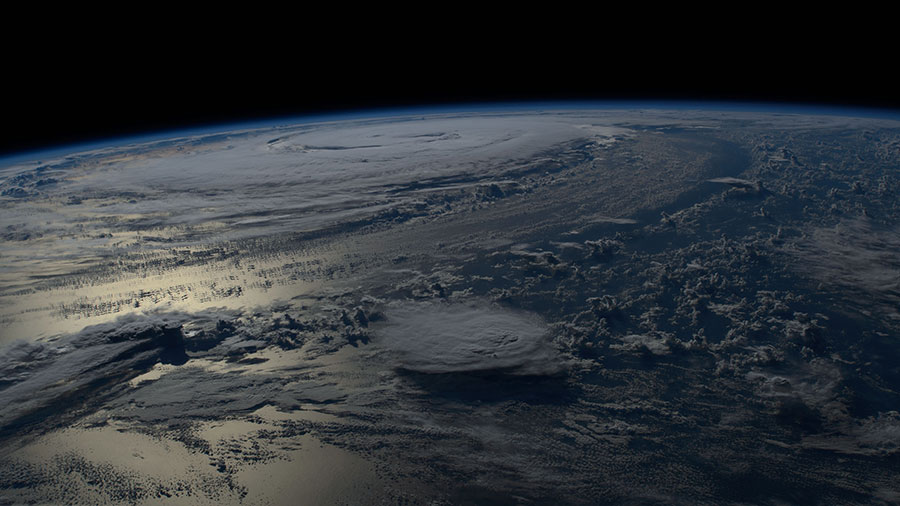
The Expedition 67 crew was on duty Tuesday focusing its science activities on space physics and human research. Robotics was also a big part of the day as the European robotic arm continued its verification process on the International Space Station.
Fluid physics is an important part of the research program on the station as scientists and engineers learn how to develop advanced products and applications for Earth and space. NASA Flight Engineer Kjell Lindgren set up hardware on Tuesday inside the Microgravity Science Glovebox to observe how liquids are held together by surface tension. The experiment is studying the formation of destructive protein clusters that may be responsible for neurodegenerative diseases such as Alzheimer’s. Astronaut Samantha Cristoforetti of ESA (European Space Agency) peered at foams and emulsions using the KERMIT microscope to understand why they are more stable in weightlessness. Results from both experiments may provide Earth-bound solutions, that are unobtainable in gravity, for the pharmaceutical, chemical, and consumer products industries.
NASA Flight Engineers Bob Hines and Jessica Watkins were back in the Columbus laboratory module on Tuesday exploring how an astronaut’s central nervous system is affected by microgravity. The duo took turns wearing virtual reality goggles while seated in a specialized chair and responding to pre-programmed stimuli. The video-taped observations may help researchers understand how astronauts adapt to the microgravity environment of spaceflight.
Exercise is critical during space missions as muscles and bones become weaker without the pressure of Earth’s gravity. Astronauts work out for two hours every day using the advanced resistive exercise device, a cycle, and a treadmill, to maintain their cardiovascular and musculoskeletal systems during long-term space missions. The space workouts also ensure crews are in good health and condition to handle the return to Earth’s gravity after living and working in microgravity for months at a time.
Today, Commander Oleg Artemyev ran on a treadmill while attached to sensors and breathing gear to learn how to exercise more effectively in space. Roscosmos Flight Engineer Denis Matveev assisted the commander with the exercise study before collecting microbe samples from the inside of the Zarya module for analysis.
The orbiting lab’s third and newest robotic arm, the European robotic arm (ERA), continues to be checked out while attached to the Russian segment’s Nauka multipurpose laboratory module. Flight Engineer Sergey Korsakov powered on the ERA and spent all day Tuesday verifying its performance, monitoring its telemetry, and observing its motion while still attached to Nauka.
Learn more about station activities by following the space station blog, @space_station and @ISS_Research on Twitter, as well as the ISS Facebook and ISS Instagram accounts.
Get weekly video highlights at: http://jscfeatures.jsc.nasa.gov/videoupdate/
Get the latest from NASA delivered every week. Subscribe here: www.nasa.gov/subscribe

Very nice